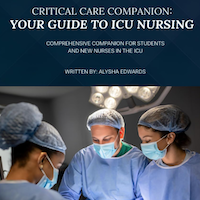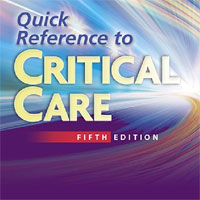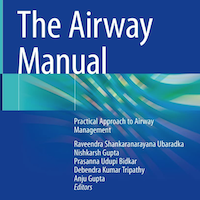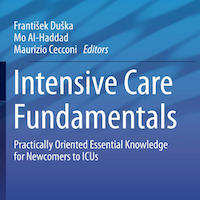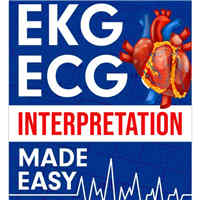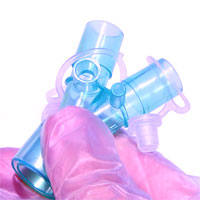
Lighter Emergency Breathing Tubes Associated with Higher Survival After OHCA
In the LT group, 18.3% of patients survived 72 hours in the hospital, compared to 15.4% in the intubation group. From the LT group, 10.8% survived to hospital discharge, and only 8.1% in the intubation group. The proportion... read more

Losing Sleep Over Delirium
Delirium is an acute cognitive disorder that presents with alterations in levels of consciousness accompanied by a change in cognition or perceptual disturbance that develops over a short period (hours to days) and fluctuates... read more

Current efforts to fight sepsis aren’t working. We need a bolder approach
Thanks to antibiotics, vaccinations, and public health advances like modern sanitation, it's easy to think that Americans live largely free of the infectious diseases that once took such a toll. That’s partially right:... read more

Management and Outcomes of ARDS Patients With and Without Comorbid Conditions
Half the patients with acute respiratory distress syndrome (ARDS) had major comorbidities, which were associated with severe ARDS, multiple organ dysfunction, and day‑28 mortality. These findings do not support the exclusion... read more

The Fluid Debate: Balanced or Unbalanced
Consider using balanced fluids in your ED unless you are treating a patient at risk for cerebral edema, or a patient with a chloride responsive metabolic alkalosis, e.g. from gastric losses. Although the superiority of balanced... read more

Very high intact-protein formula successfully provides protein intake according to nutritional recommendations in overweight critically ill patients
Enteral feeding with VHPF (8 g/100 kcal) resulted in higher protein intake and plasma amino acid concentrations than an isocaloric SHPF (5 g/100 kcal), without an increase in energy intake. This VHPF facilitates feeding according... read more
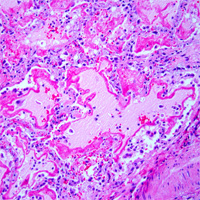
Immunocompromised Patients with ARDS
Immunosuppression is frequent in patients with acute respiratory distress syndrome (ARDS), and infections are the main risk factors for ARDS in these immunocompromised patients. Their management differs from that of immunocompetent... read more
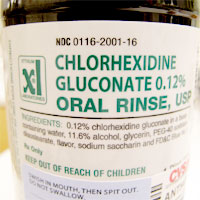
Effects of Chlorhexidine Gluconate Oral Care on Hospital Mortality
Chlorhexidine oral care is widely used in critically and non-critically ill hospitalized patients to maintain oral health. We investigated the effect of chlorhexidine oral care on mortality in a general hospitalized population.... read more
The Role of Nutrition in Strong for Surgery
Host Paul Wischmeyer is joined by Thomas Varghese, MD, section head of General Thoracic Surgery at the University of Utah, to discuss the role of nutrition in the American College of Surgeons’ Strong for Surgery initiative.... read more
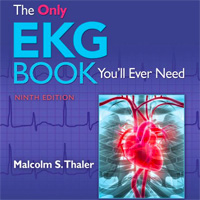
The Only EKG Book You’ll Ever Need
Clear and concise, The Only EKG Book You'll Ever Need has provided quick and accurate discussions on using an EKG to diagnose cardiac and non-cardiac conditions for nearly 30 years. This ninth edition is packed with full-color... read more

Sepsis Guidelines Spark EM Petition
It took all of one day for emergency physicians to organize opposition after an update to the Surviving Sepsis Campaign Bundle was released online. The day after the new version was released, Scott D. Weingart, MD, the editor-in-chief... read more
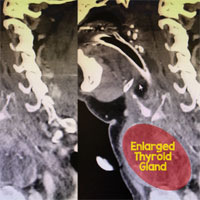
A Nightmare Airway with Rob Bryant
In terms of airway management, cricothyrotomy is one of the most advanced airway procedures an ED physician will perform. It is a last resort procedure when a patient is not able to be ventilated/oxygenated and/or intubated.... read more
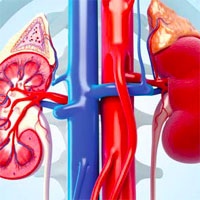
AKI and Mild Therapeutic Hypothermia in Patients After Cardiopulmonary Resuscitation
The aim of this study was to investigate the influence of mild therapeutic hypothermia (MTH) on the incidence of and recovery from acute kidney injury (AKI). Mild therapeutic hypothermia seems to have a protective effect... read more
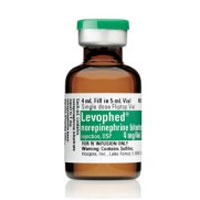
The Myth of Vasopressors and Ischemia
Despite the widespread clinical use, and their well-documented life-saving properties, vasopressors are often maligned, accused of causing ischemia to fingers, toes, mesentery, kidneys, and so forth. Not only is the evidence... read more
Hemodynamic Support of Pediatric and Neonatal Septic Shock
Margaret Parker, MD, MCCM, speaks with Joseph A. Carcillo, MD, about the article, "American College of Critical Care Medicine Clinical Practice Parameters for Hemodynamic Support of Pediatric and Neonatal Septic Shock," published... read more

Trophic or Full Nutritional Support?
A two-phase approach for nutritional support may more appropriately account for the physiologic changes during critical illness than one-phase approach. Further evidence is awaited for the optimal protein amount during critical... read more

Hyponatremia and Death in Healthy Children From Plain Dextrose and Hypotonic Saline Solutions after Surgery
Standards of practice should be established for postoperative IV solutions that are used to hydrate patients, particularly children. The standards should acknowledge that the administration of solutions with saline in maintenance... read more


